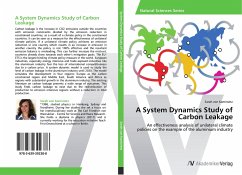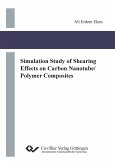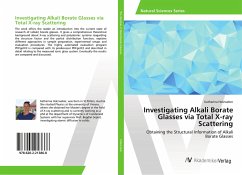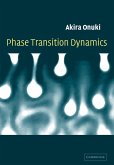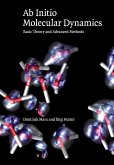Carbon leakage is the increase in CO2 emissions outside the countries with emission constraints divided by the emission reduction in constrained countries, as a result of a climate policy in the constrained countries. It can be seen as a measure for the effectiveness of unilateral climate policies. If a unilateral climate policy achieves an emission reduction in one country which results in an increase in emission in another country the policy is not 100% effective and the resultant emission balance is misleading. This can further increase the mistrust, countries already show towards each other s mitigation goals. The EU-ETS is the largest binding climate policy measure in the world. European industries, especially energy intensive and trade exposed industries like the aluminium industry fear the loss of international competitiveness due to a carbon price. A system dynamic model is used to study the level of carbon leakage in the aluminium industry until 2030. The model simulatesthe development in four regions: Europe as the carbon constrained region and Middle East, South America and Africa as regions with substantial growth in the aluminium industry. The existing literature on carbon leakage presents a wide range of outcomes. This study finds carbon leakage to exist due to the redistribution of production to emission intensive regions without a reduction in total production.

